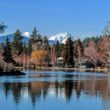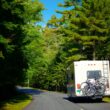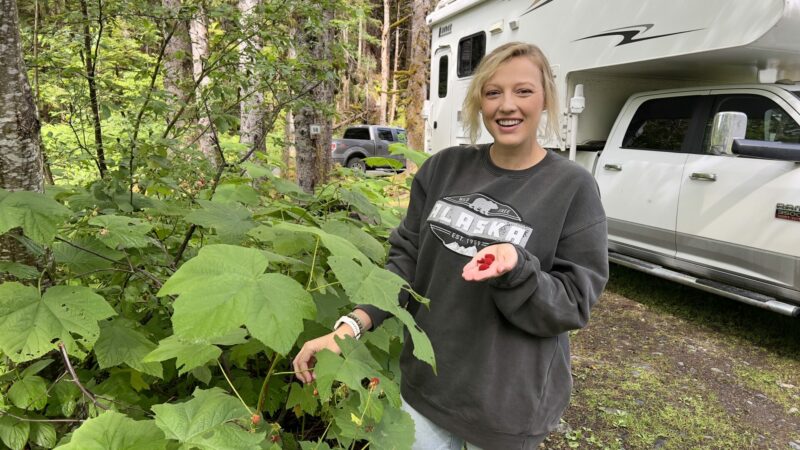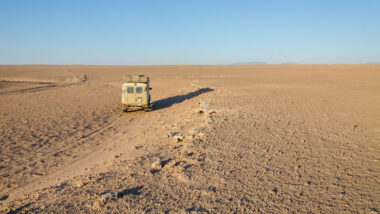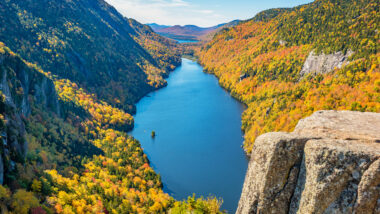Table of Contents Show
Huckleberries, blueberries, raspberries, and more Alaska wild berries are a summer treat. They’ll give you a burst of sweetness as you hike through the woodland coastal areas or forested tundra.
However, some of the tart ones will make you pucker instead. Today, we’ll dive into the world of wild berries so you can enjoy their deliciousness the next time you road trip through the Last Frontier.
The Specific Times of Year Alaska Wild Berries Grow
If your image of Alaska is solely glacial valleys and snow-covered mountain peaks, you might be surprised to learn that wild berries grow in Alaska. But this area has such diverse habitats and ecosystems that the land does produce vegetation and edible plants.
From mid-August to late September, you can pick these wild berries. It’s a small window before the first frosts arrive.
Where In Alaska You Can Find Wild Berries
Depending on the type of Alaska wild berries, you can find them growing all over the state.
From blueberries in the tundra to cranberries in meadows to currants in forests, you’ll see spots of color amid white, green, and brown landscapes almost anywhere. Especially along the moist coastal region, you’ll find huckleberries, salmonberries, and strawberries.
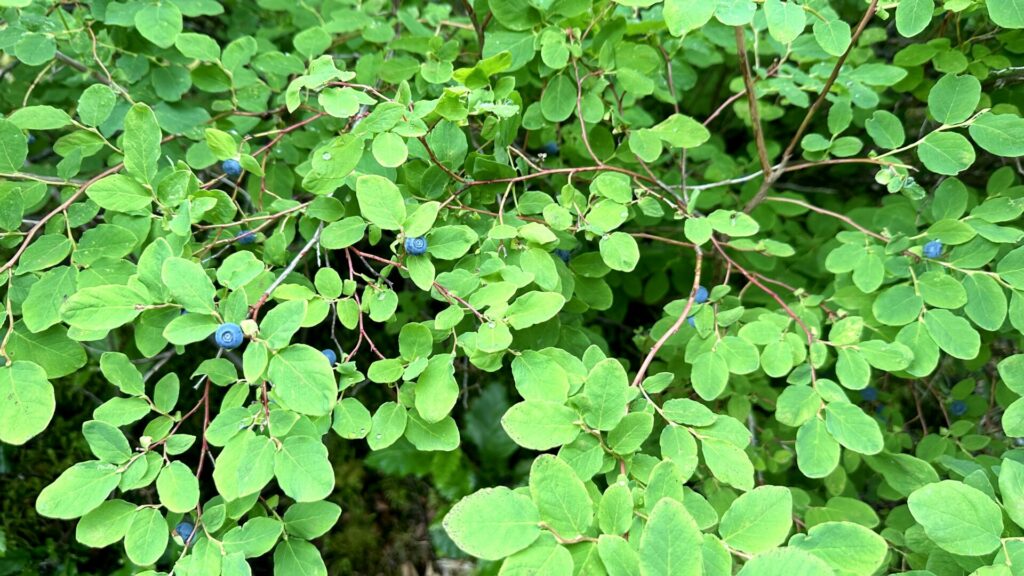
How Many Alaska Wild Berries Are There?
There are dozens of Alaska wild berries. You’ll probably discover edible berries you didn’t know existed. For example, have you ever heard of a cloudberry or nagoonberry? According to the Bureau of Land Management, over 50 different types of wild berries grow in Alaska.
Different Types of Alaska Wild Berries
Whether you want to pick Alaska wild berries to make a pie or cobbler, want to top off your cereal with fresh fruit, or just like to pop them in your mouth straight from the bush, you’ll want to know a bit more about these berries so you’re not surprised with their taste.
This isn’t an exhaustive list, but it will get you started as you dive into the world of Alaska wild berries!
Sweet
Strawberries, raspberries, blueberries, cranberries, nagoonberries, and serviceberries are all sweet. You’ll find strawberries scattered throughout the Southeastern region to the Aleutian Islands. You can generally find raspberries and serviceberries in thickets along the edge of forests.
Serviceberries look similar to blueberries but have a plum color. You can find blueberries and nagoonberries in various habitats. They’re able to grow in the tundra as well as in low-lying bogs. Nagoonberries look similar to raspberries. Finally, cranberries grow in open woods and meadows.
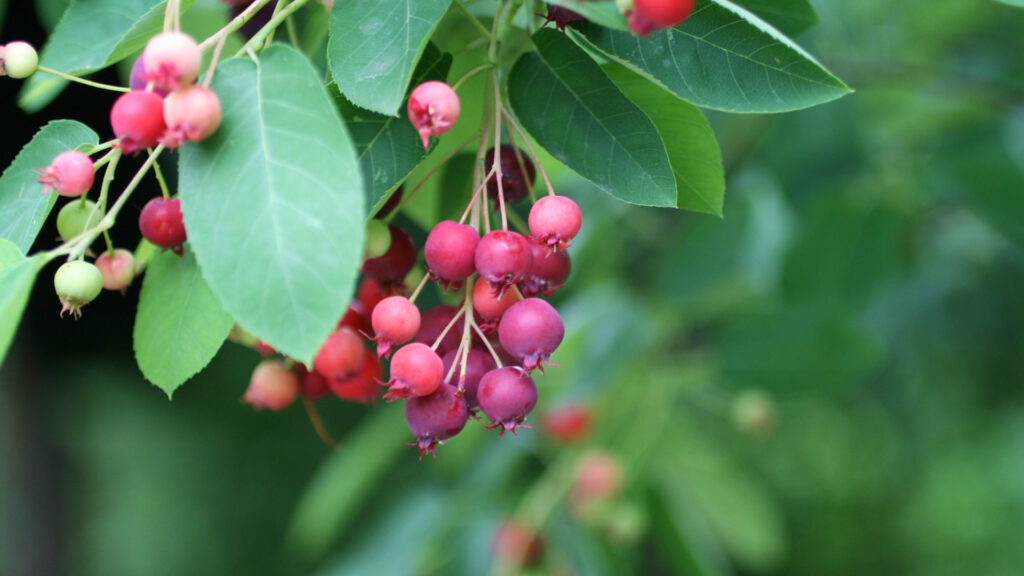
Tart
Currants, elderberries, salmonberries, cloudberries, lingonberries, red huckleberries, and gooseberries are tart. In forested areas, you might see currants, elderberries, salmonberries, and huckleberries. However, elderberries, salmonberries, and huckleberries are found in more moist coastal regions.
Cloudberries also need a damp habitat like a marsh and or wet meadow. Lingonberries are low-bush cranberries. You can find them in rocky soils and tundra. Gooseberries can also be found in rocky wooded areas.
Keep in Mind: Alaska and Texas are two of the largest states in America. But How Big Is Alaska Compared to Texas?
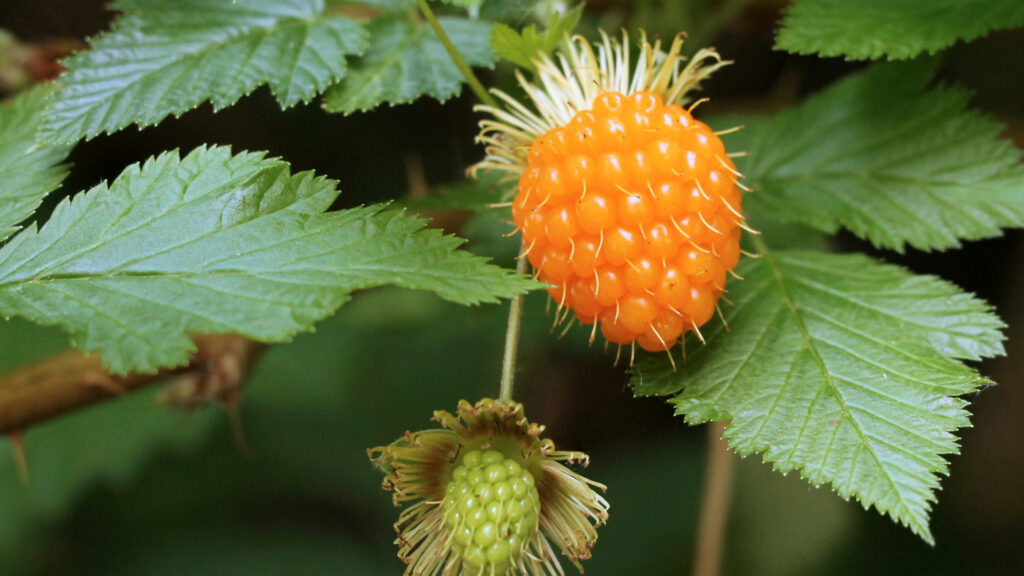
Bland
Finally, crowberries, bearberries, watermelon berries, and bunchberries are Alaska wild berries that you might have never heard of. They have a bland taste. They’re all red except for crowberries, which are deep purple or black.
You can find these berries and bearberries in the tundra and find watermelon berries in shaded, moist areas of mountain slopes. Bunch berries are found in forests.
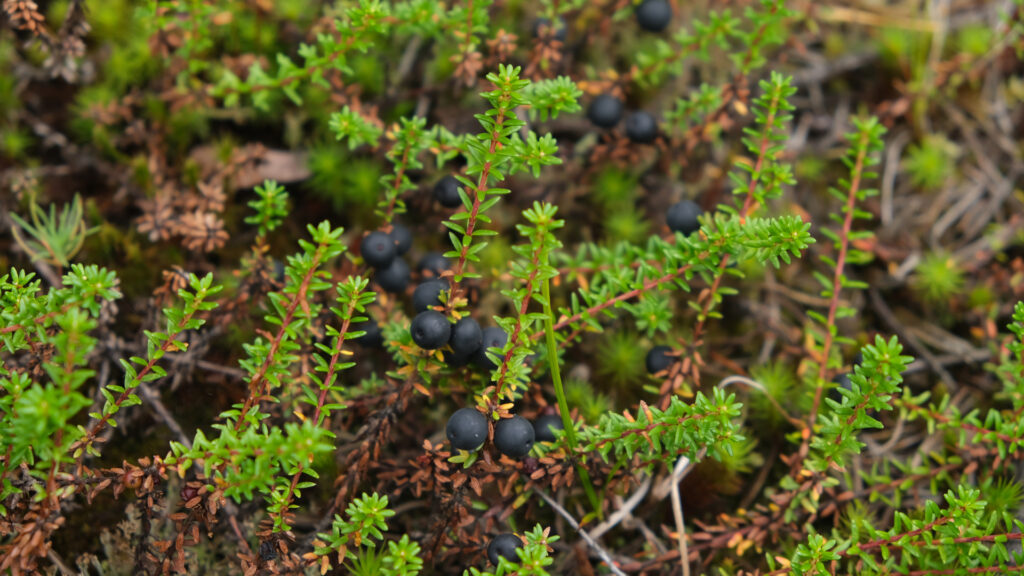
Can You Eat Any Alaska Wild Berry?
You can’t pick off every Alaska wild berry and pop it in your mouth. The Bureau of Land Management offers key guidelines to keep you safe. First, don’t eat any white berries. They’re all poisonous. Keep your children close and teach them never to eat a berry unless they ask an adult.
The baneberry is an infamous wild berry that’s highly poisonous. Since they look like highbush cranberries, they’re even more dangerous. They’re red and have a black dot on their end. The seed is crescent-shaped. Never eat these baneberries.
Finally, pay attention to any insects living in or on the berries. Always pick through and discard any wild berries with bugs. You can also make a brine solution to soak the berries. The worms will escape into the water. After an hour or so, drain the water and rinse the berries.
Pro Tip: We love eating out, but it can add up quickly. Check out these tips to Save Money On Food When RVing!
The Health Benefits of Alaska Wild Berries
Alaska wild berries have lots of healthy nutrients. They’re naturally low in fat, sodium, and calories, making them an excellent snack. They’re high in dietary fiber, vitamin C, and folic acid. But their primary nutrients are antioxidants.
In fact, lingonberries have the highest antioxidant ranking of any berry in the entire United States. Cranberries, huckleberries, and crowberries also make the top five. Pomegranate is the only wild berry in the lower 48 to make the top five.
Know Bear Safety When Enjoying Alaska Wild Berries
It’s important to note that bears also love Alaska wild berries. If you’re in a location with lots of berries, it’s likely a bear is nearby. Keep your eyes open and stay alert at all times. Make a lot of noise so bears are aware of your presence, just like you would on a hike.
Other bear safety tips include staying in groups and carrying bear spray. Never travel alone in the wilderness of Alaska, and keep children close by so they don’t wander off. Make sure you know how to use bear spray.
Having it on your belt won’t do much good if you don’t know how to use it!
We’ve Enjoyed Savoring Alaska Wild Berries This Summer!
Seeing the different berries as we’ve explored Alaska this summer has been so much fun. Every campground had bushes of bright-colored berries.
But the identification of the berries is so important and a little daunting. We highly recommend asking a park ranger or camp host if you’re unsure whether the Alaska wild berry is safe to eat.
Which berry will you find on your next road trip? Perhaps you’ll try a new berry you’ve never heard of!
Pro Tip: Use the below infographic we found from the BLM to help guide you in picking delicious Alaska wild berries.

